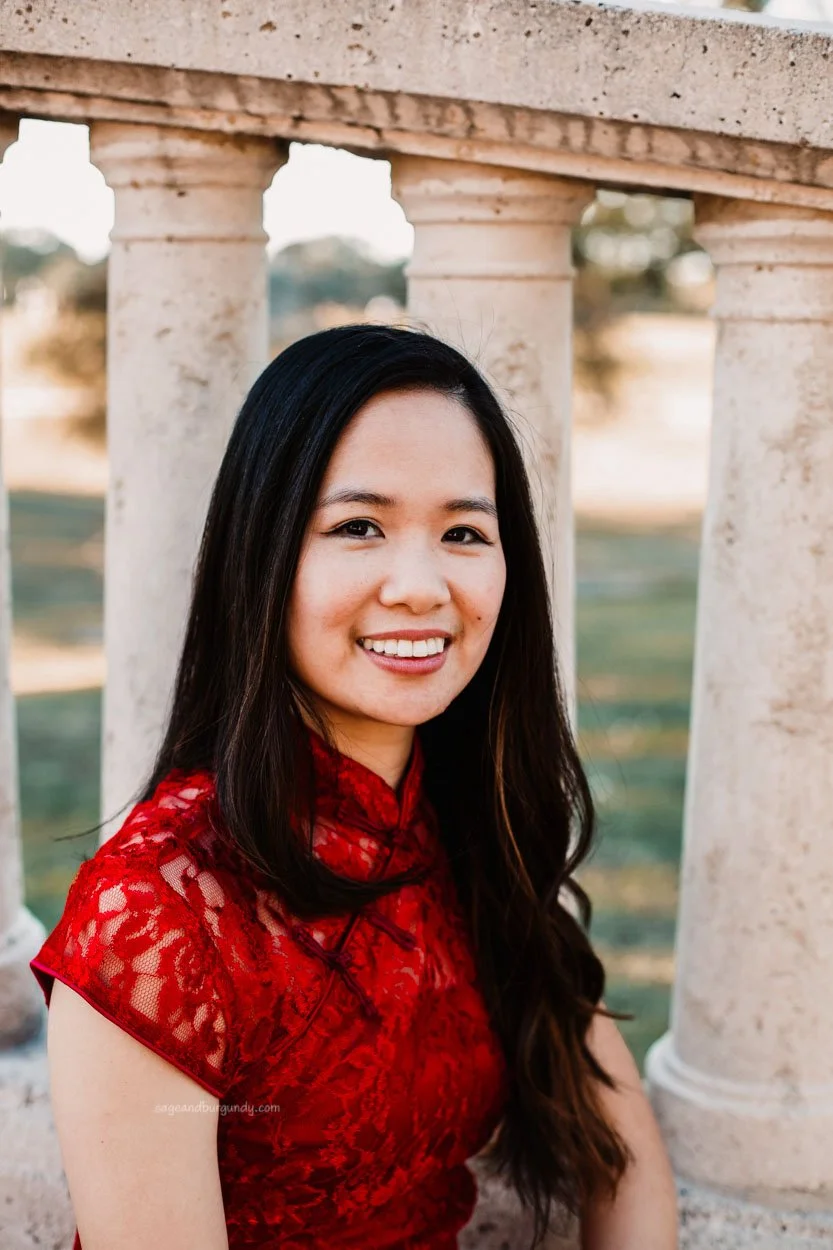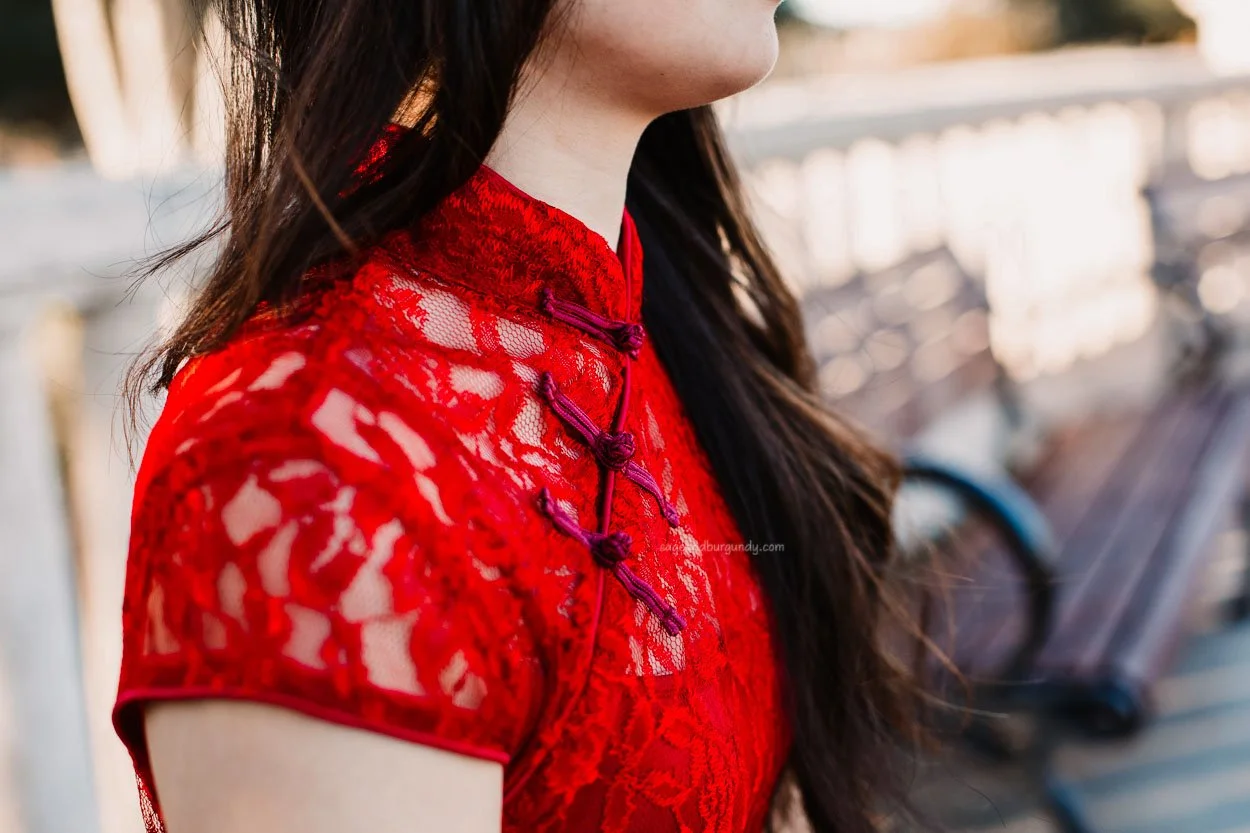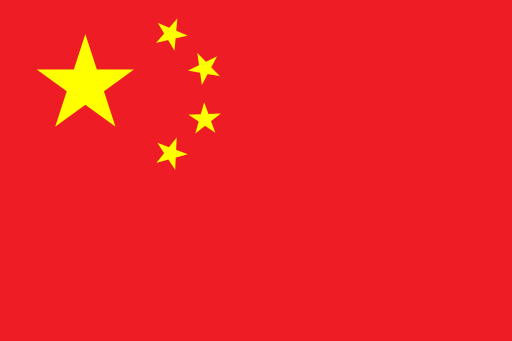Ethnic Project: China
The next ones probably won't be as extensive as India's... For this section, at least, part 2 is planned because my model's qípáo is a modernized cocktail dress version and not super traditional. I just don't know when part 2 will happen haha.
Qípáo is a type of dress that was worn by women in the early 1900s and it was most popular in Shanghai during the time. This dress truly brought out the social status of the family. A qípáo in modern days is often worn by Chinese brides and for weddings during tea ceremony. Like in India, red is the color for the bride's garment. It symbolizes good fortune and joy. White is considered the color of death.
The original qípáo was actually very loose. It covered most of the woman's body (revealing only the head, hands, and feet) and concealed her figure. It gradually became more form-fitting over the years, like the one my model is wearing (though lace wasn't popular. Qípáos were generally made from silk, satin, etc.).
The dress often has certain patterns, such as dragons or flowers. For convenience and display of Chinese women's slender legs, the qípáo generally has a slit on each side.
Qípáos have various collars. This closed high collar (also known as the mandarin collar) with knotted buttons is the most common.
Chinese culture is rich in many aspects. One of my model's favorite things about Chinese culture is the diversity of different ethnicities among one nation. Being from Fuzhou, part of the majority people group, the minority groups from different geographical locations always intrigued her to the point of learning more about their cultures.
Not many people in the western world studied Chinese history in depth to understand how China has evolved over time. Chinese history is a part of her. She truly felt the pride of her own heritage when she learned about the emperors from different dynasties and how their rule defined the originality of their cultures and arts from the different time periods.
One thing she misses the most about home is the people and the food, hence why her favorite holiday when she lived in China was the Spring Festival. It's a week long celebration of the new lunar year where friends and family gather together at the table with enormous amounts of great food. People just eat, drink, and talk all night to welcome the upcoming new lunar year. Firecrackers and fireworks happen all week long too. It has always been the best and one of her favorite times of the year.
Side note: I don't why, but I get teary-eyed when I see the dragon dance at lunar new year celebrations in the US.
And now... The flag! It is called Wǔ Xīng Hóng Qí. The red symbolizes the communist revolution, and it's also the traditional color of the people. The large gold star represents the communist revolution, while the four smaller stars represent the social classes of the people. Gold/yellow is also considered the most prestigious color. Yellow represents freedom.









